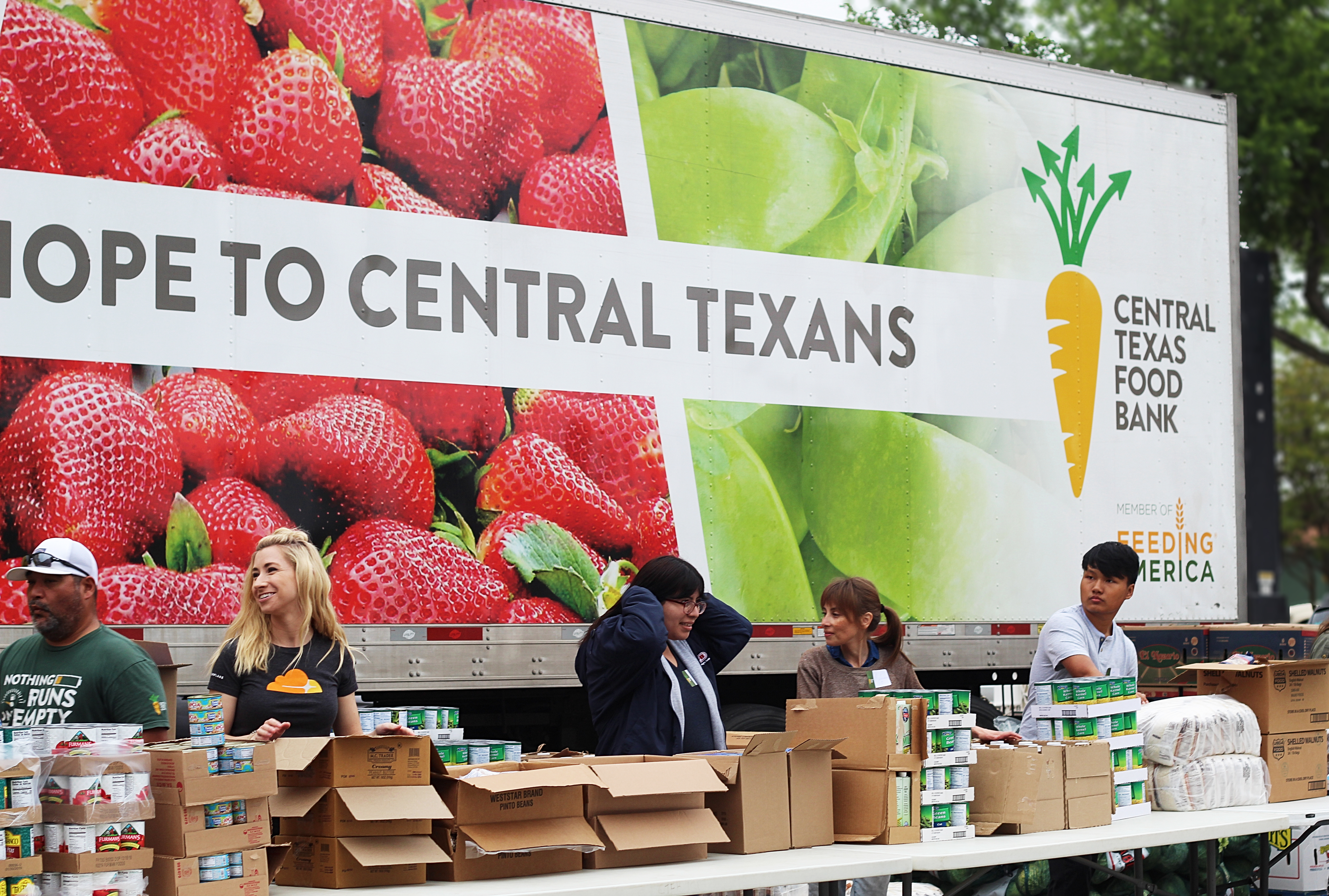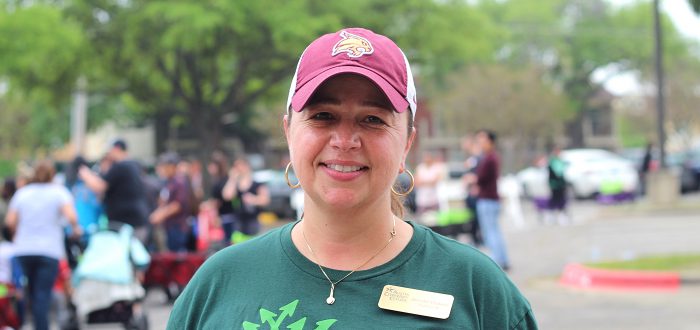Story and photos – Marissa Greene
ACC students and student life members shed light on the silent issue of food insecurity amongst the school.
Have you ever tried focusing in a class while your stomach was rumbling? 20-30% of students in the United States have reported eating less due to food insecurity. For 22-year-old ACC student, Damienn Alcala, this is more than just a statistic; it’s a reality. Making the choice between paying for books, tuition, and transportation, housing can often appear more vital for students than a month’s worth of groceries.
“College is so expensive, and it’s an investment,” Alcala said. “The average college debt is $37,123, so where does that leave money for students to buy their own groceries?”
He isn’t alone. According to an ACC financial study done in 2018, 34% of students reported having food insecurity, while 61% were worried that they won’t have enough money to pay for school. About half of that number was said to run out of money at least three times in the year prior.
Food insecurity is when someone able to afford a suitable amount of nutritious food. This can cause a practice of skipping meals and/or sacrificing food quality leading to unhealthy options that don’t provide the basic nutrients needed for a college student.
The gravity of food insecurity amongst students is often compared to issues such as homelessness, or not having enough funds to pay for education such as tuition and books. Similar to these struggles, food insecurity is not always easy to identify.
“Sometimes you can’t even tell,” Student Life coordinator Jennifer Flowers said. “Food insecurity does not look like anything, and it does not discriminate.”
Flowers, who has been a part of Student Life for 14 years, oversees the food pantries located in the student life lounge of each ACC campus. At these food pantries, students who face food insecurity have the ability to get canned goods and other non-perishable items without a dollar sign associated with it.
In 2018, Flowers was asked to take on a project. At the beginning of October, ACC student life created a partnership with Central Texas Food Bank in order to encourage food distribution for ACC students on the first Friday of every month.

“I looked up the logistics of how the setup would be and as I started to immerse myself more by reading articles and percentages of food insecurity,” Flowers said. “It really did open up my eyes.”
Before the food distribution event, Flowers didn’t realize that food insecurity existed. Not only are many non-college students unaware of this prevalent issue, but also the students themselves. Alcala states that he found out about student life and through word of mouth.
“I bring others [to student life] as well they’re like, ‘I never knew about this!’ Alcala said. “It’s surprising how many students aren’t aware of their opportunities.
Alcala believes that in order to combat these daily challenges, students must first get the conversation started about food insecurity.
“When talking to students even more, when they use the food pantry, when we wheel in the carts of food at the food distribution, the students are thankful that they don’t have to worry about groceries for that months,” Flowers said. “This is something that is just not talked about at all. Once you start talking about it and you’re in it, you get it.”
Unlike the food pantry, food distribution provides a greater variety of groceries. On the first Friday of every month starting at 9 a.m., students are able to walk into the student life lounge at the Riverside Campus and receive a ticket. That ticket will tell them when to come out into the parking lot, where they are greeted by volunteers, reusable bags, and a line of tables with an abundance of food choices.
As the student walks through the line, they receive two reusable bags for their items and can pick anywhere from chicken, canned goods, fresh produce, and even bread. After their selections, these students are able to receive assistance carrying these groceries back to their car or the bus stop.

In the 2017-2018 school year, 960 students were served by the SL food pantry, along with 700 pounds of donated food. In just this fall semester for the 2018-2019 school year, SL food pantry and food distribution served over one thousand students.
With all that the food pantry and distribution has to offer, Flowers recognizes how these ways to combat food insecurity also creates a bond between students in the community.
“This is when conversations start to open up about their own struggles,” Flowers said. “Every single staff member in our department is all about student success.”
Flowers hopes that talking about food insecurity causes all departments of ACC to want to get to know their students more beyond the ACCeID.
One of the Student Life staff members you might meet at the food distribution is Carrie Cooper. She also stresses the importance of students who are food secure to volunteer.
“It’s the main thing I look forward to every month,” Cooper said. “Volunteering makes you feel like you are a part of something bigger than yourself, and is also a way to give back to your school.”
For students like Alcala, these statistics are more than just a couple of numbers; it is their life.
“For someone who is like me, just know that it’s okay, that is why we are here at ACC,” Alcala said. “To come together and say, ‘Hey, we don’t have that much money, but we have each other to help out.’ That’s what I feel is the real message of ACC.”
If you are someone you know could benefit from the Student Life food pantry or monthly food distribution, visit your campus’ Student Life lounge to learn more, or visit austincc.edu/[email protected]



Comments are closed.